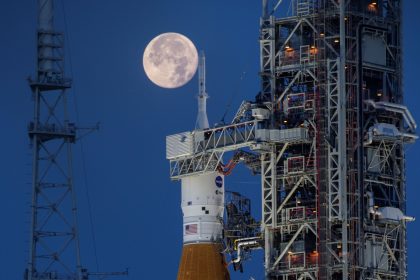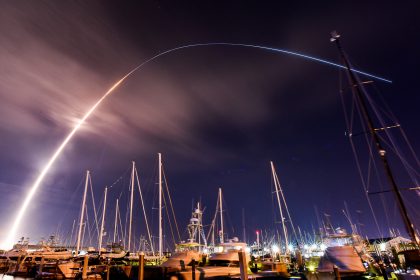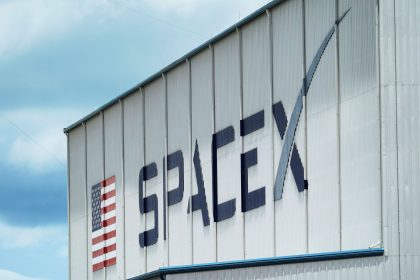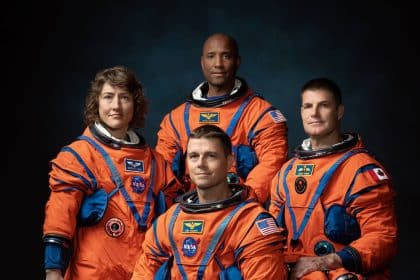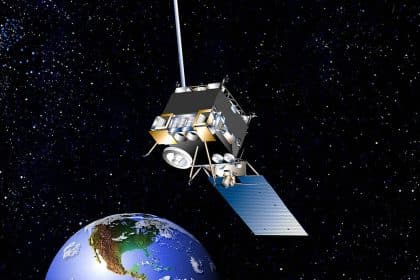FCC Investigates Commercial Activities in Space
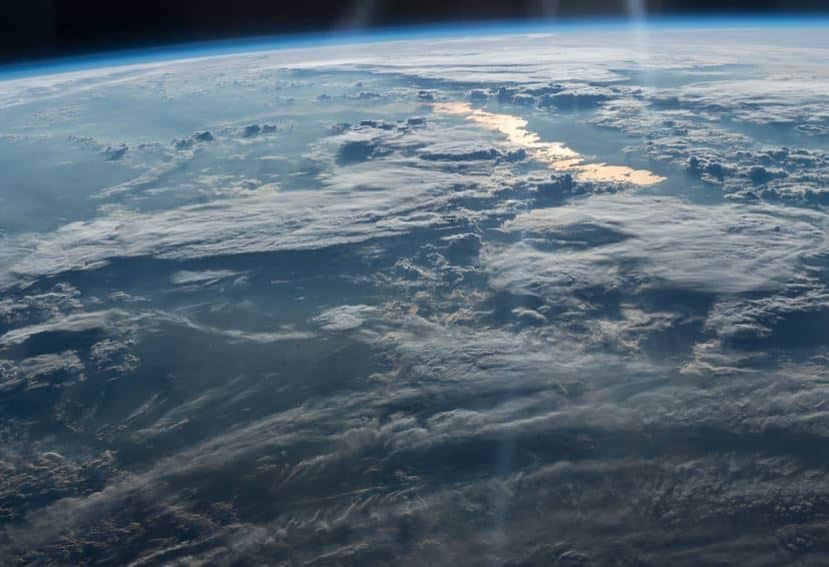
WASHINGTON — The Federal Communications Commission is looking into the possibilities of assembling and manufacturing in space through a new notice of inquiry adopted in a unanimous vote at its August meeting.
Looking into this category, called In-Space, Assembly, and Manufacturing, comes on the heels of the Office of Science and Technology Policy releasing its ISAM national strategy. The commission will focus particularly on its satellite rules and spectrum availability for those participating in the space economy.
“Missions in this category — which can include satellite refueling, inspecting and repairing in-orbit spacecraft, capturing and removing debris, and transforming materials through manufacturing while in space — have the potential to build entire industries, create new jobs, mitigate climate change, and advance our nation’s economic, scientific, technological, and national security interests,” according to the commission’s notice of inquiry.
The all-government approach spearheaded by the OSTP aims to ensure the U.S. remains a “pre-eminent leader in space exploration,” according to its plan.
The office laid out six goals in its plan: advancing ISAM research and development; prioritizing the expansion of scalable infrastructure; accelerating the emerging ISAM commercial industry; promoting international collaboration and cooperation to achieve ISAM goals; prioritizing environmental sustainability as we move forward with ISAM capabilities; and inspiring a diverse future workforce as a potential outcome of ISAM innovation.
To foster economic growth in space, the rules need to be updated for commercial exploration, the commissioners agreed at their Friday meeting.
“The regulatory frameworks we rely on to shape space policy were largely built for another era. They were designed for a time when going to space was astronomically expensive and limited to the prowess of our political superpowers,” said Chairwoman Jessica Rosenworcel. ”No one imagined commercial space tourism taking hold, no one believed crowd-funded satellites and mega constellations at low earth orbit were possible, and no one could have conceived of the sheer popularity of space entrepreneurship.
“But it’s all happening,” she said. “And if we are going to promote United States leadership in the emerging space economy, we need to make sure our rules are prepared for the proliferation of satellites in orbit and new activities in our higher altitudes.”
The commission plays a large role in this plan because it’s the agency that licenses commercial space missions launched from the U.S.
“With that power comes the responsibility to understand the missions we authorize, and to create an enabling regulatory environment that opens new doors while still protecting against new risks,” said Commissioner Geoffrey Starks at Friday’s meeting. “Today’s action will help us build the record we need to fully understand emerging ISAM technologies, their spectrum requirements, their debris implications, and how best to situate them within our licensing framework.”
Days before last week’s meeting, the commission had issued new spectrum rules targeting satellites in space, allowing for more satellites to operate.
While the notice of inquiry highlights the country’s satellite policies, it particularly seeks to understand the extent of debris coming from these space missions.
The notice “asks essential questions about the orbital debris mitigation and remediation implications of ISAM activities, including what the FCC should do, for example, about potential debris created by byproducts from in-space assembly and manufacturing,” said Commissioner Nathan Simington. “As the (notice of inquiry) states, and I agree, the FCC should consider both updates to our orbital debris mitigation rules that would help to address such risks, and additional or modified disclosure requirements for ISAM providers.”
This notice of inquiry is the first in what is expected to be a “space Innovation docket” that will “promote safety and responsibility,” Rosenworcel said.
Madeline can be reached at [email protected] or @ByMaddieHughes

















